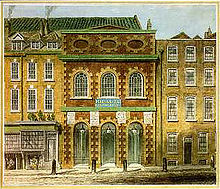
The Cuckoo and the Nightingale, HWV 295, is an organ concerto in four movements by George Frideric Handel. The second movement uses bird song motifs corresponding to the birds of the title. The concerto premiered in London in 1739 as an interlude during the first performance of the composer's oratorio Israel in Egypt . [1]